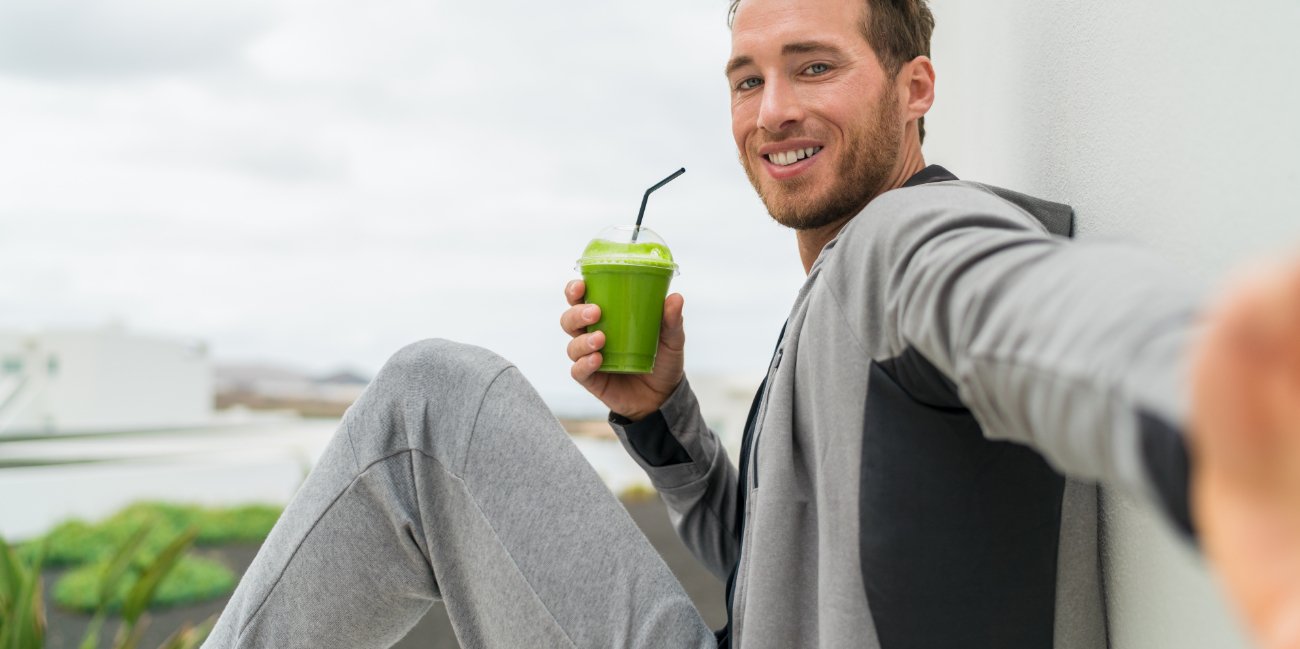Losing and maintaining weight requires mindful nutrition. Learning how to shop for nutrient-rich foods will keep your diet on track, and knowing how to read food labels means you can better manage what you eat.
Wynnie Hoodis, registered dietician, shares her best grocery shopping trips.
Map Your Shopping Path
The first key to a successful shopping trip is having a list. Hoodis suggests jotting down what you want to buy for the week, detailing any needed ingredients for recipes you’re hoping to try. “You want to go with a list because the more you stick to that list, the less likely you are to go off into different areas and pick up something that looks tempting or has a catchy label,” she warns.
List in hand, start by shopping the perimeter of the store. This is where you’ll find fresh produce, fresh meat and fish cases, and refrigerated dairy products. Your second stop will be the freezer section to pick up frozen fruit and vegetables. Hoodis advises checking the ingredient list of frozen foods to be sure there are no added preservatives or ingredients.
Your last grocery stop will be the inner aisles of the store. Pick up healthy oils for cooking. Canned meat and fish can make meal preparation simpler. Beans and lentils are found in these aisles as well.
Avoid going to the store hungry. You don’t want to go off-list because your stomach is growling. It’s also best to avoid impulse buys at the checkout. While the serving sizes may be small, there are often plenty of empty calories in these checkout treats.
Translating Food Labels
You may have been told to avoid processed foods at all costs. However, certain convenience items can make it easier for you to prepare your own meals. For example, if you can’t spend hours making pasta sauce from scratch, select a canned sauce that is still healthful.
“It’s important to know how to read a nutrition label, because we need to understand what we’re eating, how much we’re eating, and how many calories we’re consuming,” states Hoodis. “Labels give you a lot of information on whether what you’re about to eat is considered healthy or not such a great choice.”
First, look at the ingredients. They’re listed by weight, so the ingredient proportions are noted in order. A pasta sauce that lists tomatoes first has more tomatoes than anything else. Try to purchase foods that have few ingredients.
If sugar or corn syrup is the second ingredient, you know it has a high sugar content—even without looking at the number of grams of sugar. It’s better to select foods without added sugars.
Hoodis also recommends skipping hydrogenated oils. “They’ve taken a perfectly good oil and hydrogenated it in a lab to increase the shelf life of the food product or make it taste a little better,” she divulges.
Some labels list unfamiliar ingredient names that are the proper name for vitamins, such as fortified foods. Research anything that is confusing.
Finally, pay attention to the numbers on labels. Learn what the serving size is for that food. It’s easy to eat an entire container of nuts, but the serving size may be a few tablespoons. The calories, fat, sodium and sugar are scored for a single serving.
Armed with a shopping list and a basic knowledge of decoding nutritional labels, you can take control over the foods you eat.

**To listen to an interview with Wynnie Hoodis, registered dietician, follow this link: https://radiomd.com/gardenstate/item/37852

Are You a Candidate for Weight Loss Surgery?
Take our 60 second assessment and find out if you are a candidate for weight loss surgery


